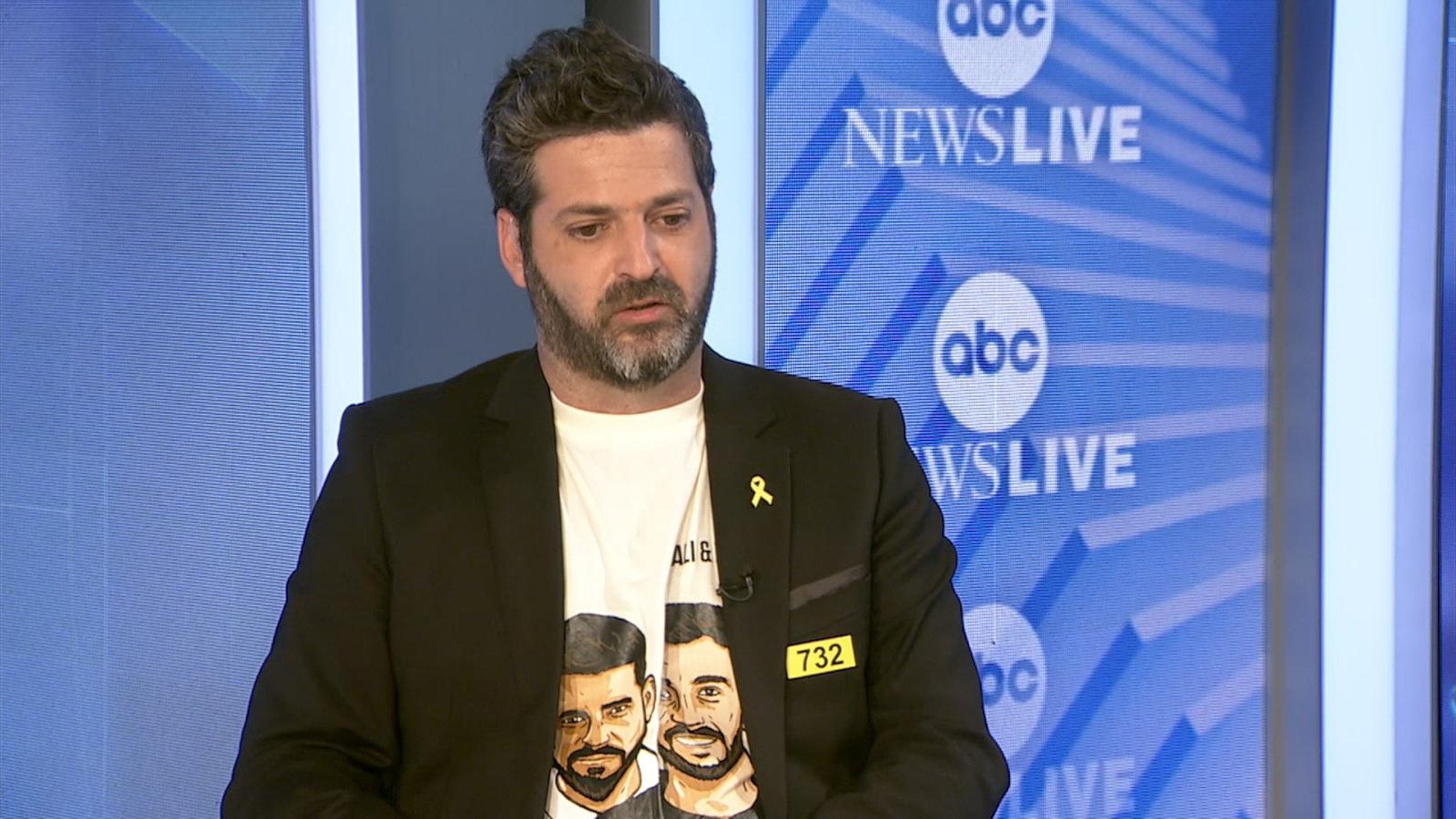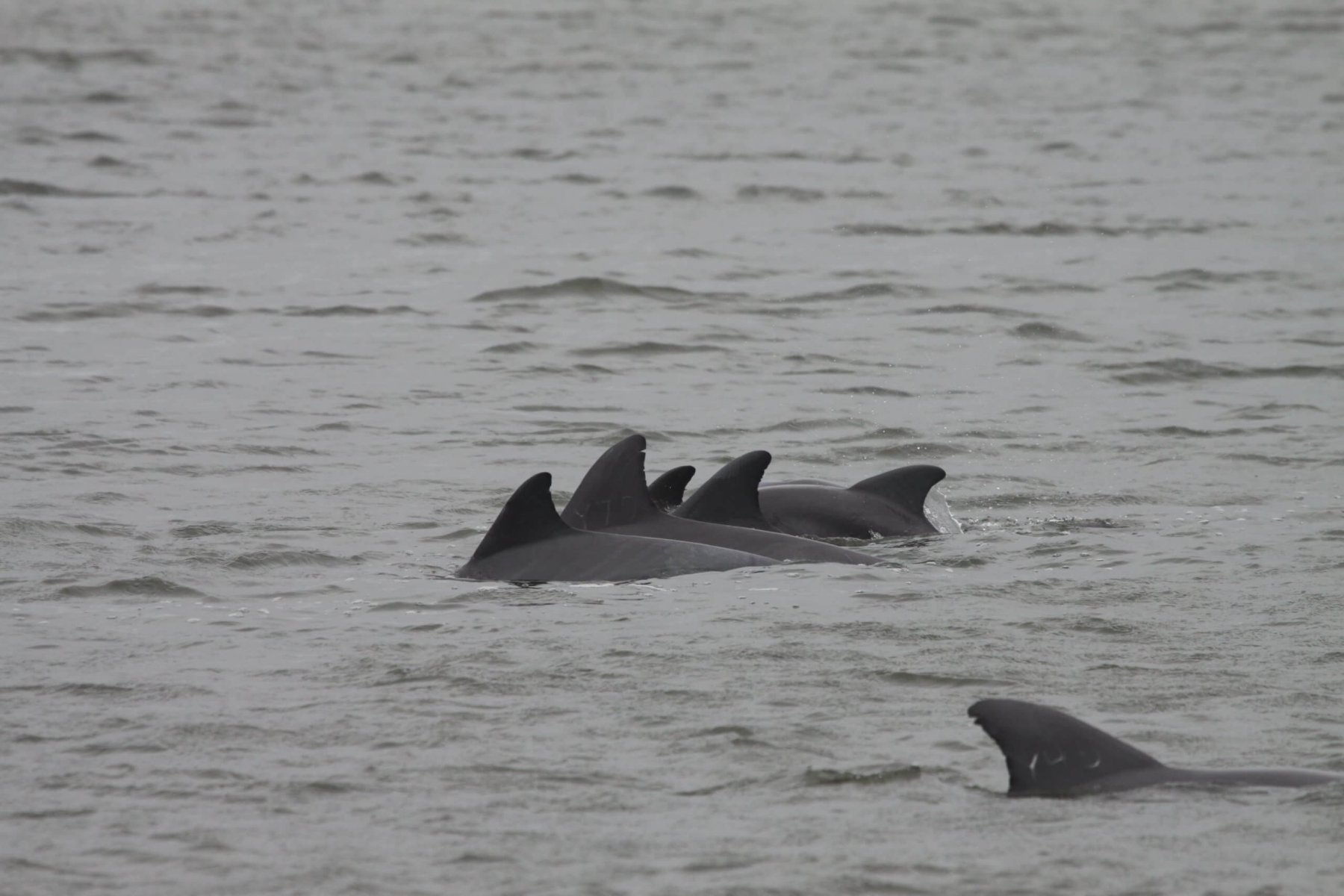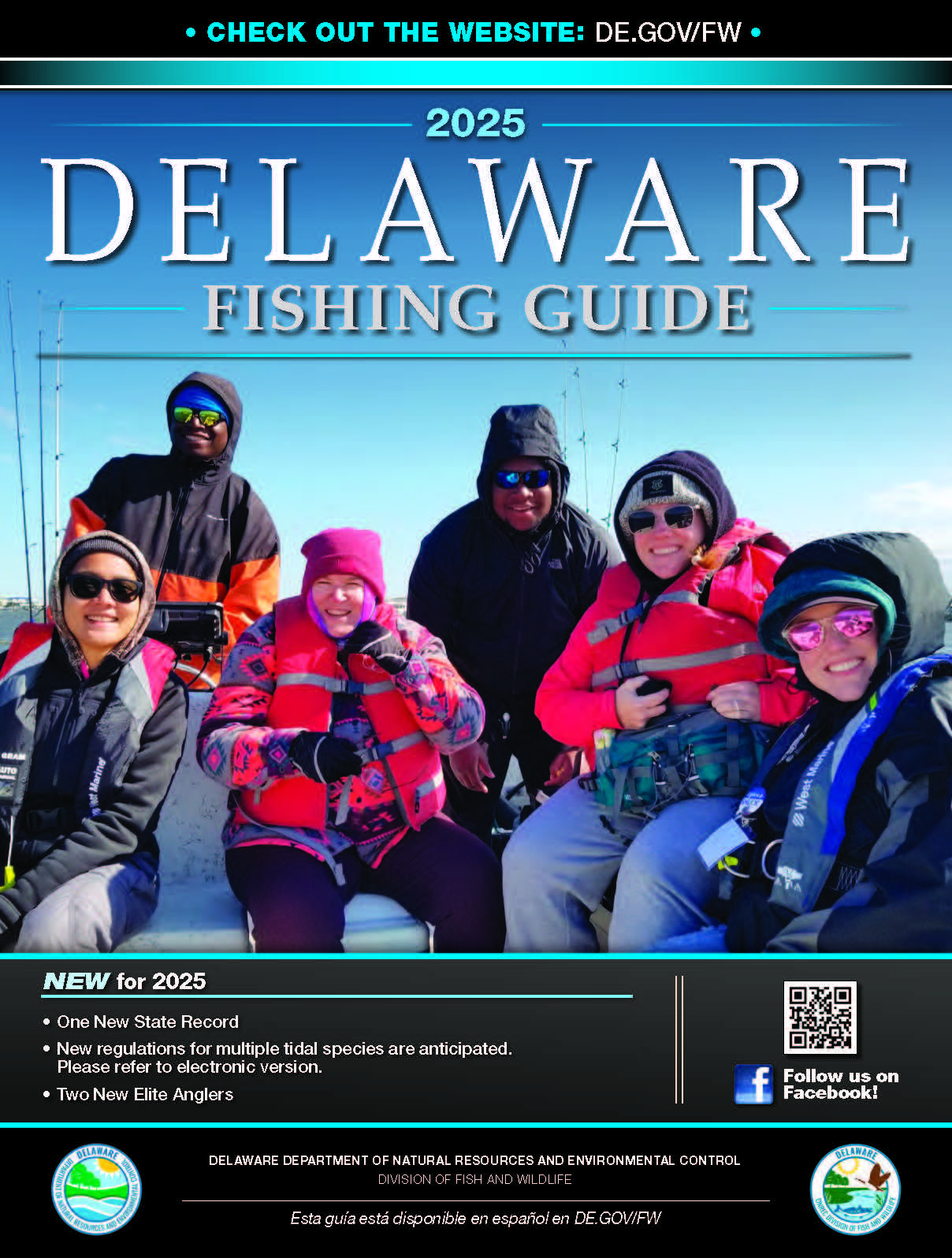Report on UK Fisheries Management and Alignment with Sustainable Development Goal 14
Current Status of UK Fish Stocks and Progress on SDG 14.4
An assessment of UK fish stocks reveals a significant divergence in management outcomes, directly impacting the nation’s progress towards Sustainable Development Goal 14 (Life Below Water), particularly Target 14.4, which calls for an end to overfishing through science-based management plans.
- Sustainably Managed Stocks: Several key stocks, including West of Scotland haddock, Western Channel sole, and North Sea plaice, have maintained healthy population levels since 2020. This success is attributed to the setting of catch limits in line with scientific advice, demonstrating a practical application of SDG 14.4 principles.
- Overfished Stocks: In stark contrast, a significant number of stocks are subject to overfishing. For three of the five worst-performing stocks, catch limits have been set above scientific recommendations for five consecutive years. This practice directly contravenes the objectives of SDG 14.4 and undermines the long-term sustainability of marine resources.
Regional Disparities and Threats to Marine Ecosystems (SDG 14.2)
The failure to universally apply sustainable practices has led to severe regional disparities, threatening the protection and restoration of marine ecosystems as mandated by SDG Target 14.2.
- Irish Sea: This region has experienced a sharp decline in marine health, with the proportion of overfished stocks increasing from 27% in 2020 to 41% at present.
- Celtic Sea: This area faces critical risks, with one-third of its fish stocks overfished to dangerously low population levels. In a notable failure of sustainable management, the 2024 quota for Celtic Sea cod was set higher than the total estimated adult population, jeopardizing the stock’s survival.
- Compounding Pressures: Overfishing exacerbates existing threats to marine ecosystems, including pollution from oil, sewage, and agricultural chemicals, as well as habitat destruction and the impacts of the climate crisis.
Policy and Financial Misalignment with SDG Targets
Current UK policy and financial frameworks exhibit significant shortcomings in supporting the achievement of SDG 14. Key issues include the lack of binding commitments and the allocation of subsidies that encourage unsustainable practices.
- Lack of Legal Framework: The UK currently lacks an overarching recovery plan or a legally binding timeframe to end overfishing and rebuild fish stocks, a critical policy gap for fulfilling SDG 14.4.
- Harmful Subsidies (SDG 14.6): Approximately £120 million in UK public funds are directed towards supporting overfishing. A majority of this funding supports destructive practices such as bottom trawling, which devastates seabed habitats. This directly conflicts with SDG Target 14.6, which calls for the prohibition of subsidies that contribute to overfishing and overcapacity.
Recommendations for Achieving Sustainable Fisheries
To align UK fisheries management with the Sustainable Development Goals, experts and non-governmental organisations propose a series of urgent actions.
- Adhere to Scientific Advice: Set all catch limits in line with scientific recommendations by the end of 2025 to meet the core requirement of SDG 14.4.
- Implement a Legal Deadline: Deliver a comprehensive strategy and establish a legal deadline by the end of 2026 to end overfishing and rebuild all fish stocks.
- Reform Subsidies: Re-evaluate and redirect public funds away from destructive fishing methods and towards practices that are evidence-based, sustainable, and operate in harmony with nature, thereby supporting both SDG 14 and SDG 12 (Responsible Consumption and Production).
- Prioritise Ecosystem Health: Shift from a model of “brute extraction” to one that prioritises the health of the entire marine ecosystem, ensuring the long-term viability of fisheries for future generations.
Analysis of Sustainable Development Goals in the Article
1. Which SDGs are addressed or connected to the issues highlighted in the article?
-
SDG 14: Life Below Water
This is the primary SDG addressed. The article’s core focus is on the conservation and sustainable use of the UK’s marine resources. It discusses issues central to SDG 14, such as overfishing, the health of fish stocks, the destruction of marine habitats (seabed), and the need for science-based management of fisheries.
2. What specific targets under those SDGs can be identified based on the article’s content?
-
Target 14.4: End overfishing and restore fish stocks
The article directly addresses this target by highlighting the problem of overfishing in UK waters. It calls for an end to this practice, referencing the fact that “catch limits for three of the five worst-performing stocks have been set above scientific advice for five consecutive years.” The urgent call for a “legally binding timeframe to end overfishing” and to “rebuild fish stocks” aligns perfectly with the goal of restoring fish populations to sustainable levels.
-
Target 14.2: Protect and restore marine and coastal ecosystems
This target is relevant due to the article’s mention of destructive fishing practices. The text states a need to prioritize those who “fish in harmony with nature” over those that “devastate our seabed.” It specifically criticizes trawling, “a destructive form of fishing by which large nets are dragged across the seabed,” which directly relates to the target of protecting marine ecosystems from significant adverse impacts.
-
Target 14.6: End subsidies contributing to overfishing
The article explicitly identifies the issue of harmful subsidies. It states that “around £120 million in UK taxpayer money is being put into overfishing; most of this to support trawling.” This directly connects to Target 14.6, which aims to prohibit and eliminate fisheries subsidies that contribute to overcapacity and overfishing.
3. Are there any indicators mentioned or implied in the article that can be used to measure progress towards the identified targets?
-
Proportion of fish stocks within biologically sustainable levels (Indicator 14.4.1)
The article provides direct data that can be used as an indicator. It mentions that in the Irish Sea, “overfished stocks rising from 27% in 2020 to 41% today,” and in the Celtic Sea, “one-third of stocks overfished to critically low population sizes.” These percentages are direct measures of the sustainability of fish stocks.
-
Alignment of catch limits with scientific advice
An implied indicator is the degree to which fishing quotas or ‘total allowable catch’ (TAC) limits are set according to scientific recommendations. The article states, “Not once since the current ‘total allowable catch’ system began have even half of UK catch limits been aligned with scientific advice.” Tracking the percentage of catch limits that follow scientific advice would be a clear measure of progress.
-
Value of government subsidies contributing to overfishing
The article provides a quantifiable indicator for harmful subsidies by stating that “around £120 million in UK taxpayer money is being put into overfishing.” A reduction in this monetary amount would be a direct indicator of progress towards Target 14.6.
4. Table of SDGs, Targets, and Indicators
| SDGs | Targets | Indicators |
|---|---|---|
| SDG 14: Life Below Water | 14.4: By 2020, effectively regulate harvesting and end overfishing, illegal, unreported and unregulated fishing and destructive fishing practices and implement science-based management plans, in order to restore fish stocks in the shortest time feasible. |
|
| SDG 14: Life Below Water | 14.2: By 2020, sustainably manage and protect marine and coastal ecosystems to avoid significant adverse impacts, including by strengthening their resilience, and take action for their restoration. |
|
| SDG 14: Life Below Water | 14.6: By 2020, prohibit certain forms of fisheries subsidies which contribute to overcapacity and overfishing, and eliminate subsidies that contribute to illegal, unreported and unregulated fishing. |
|
Source: oceanographicmagazine.com







